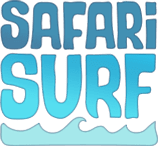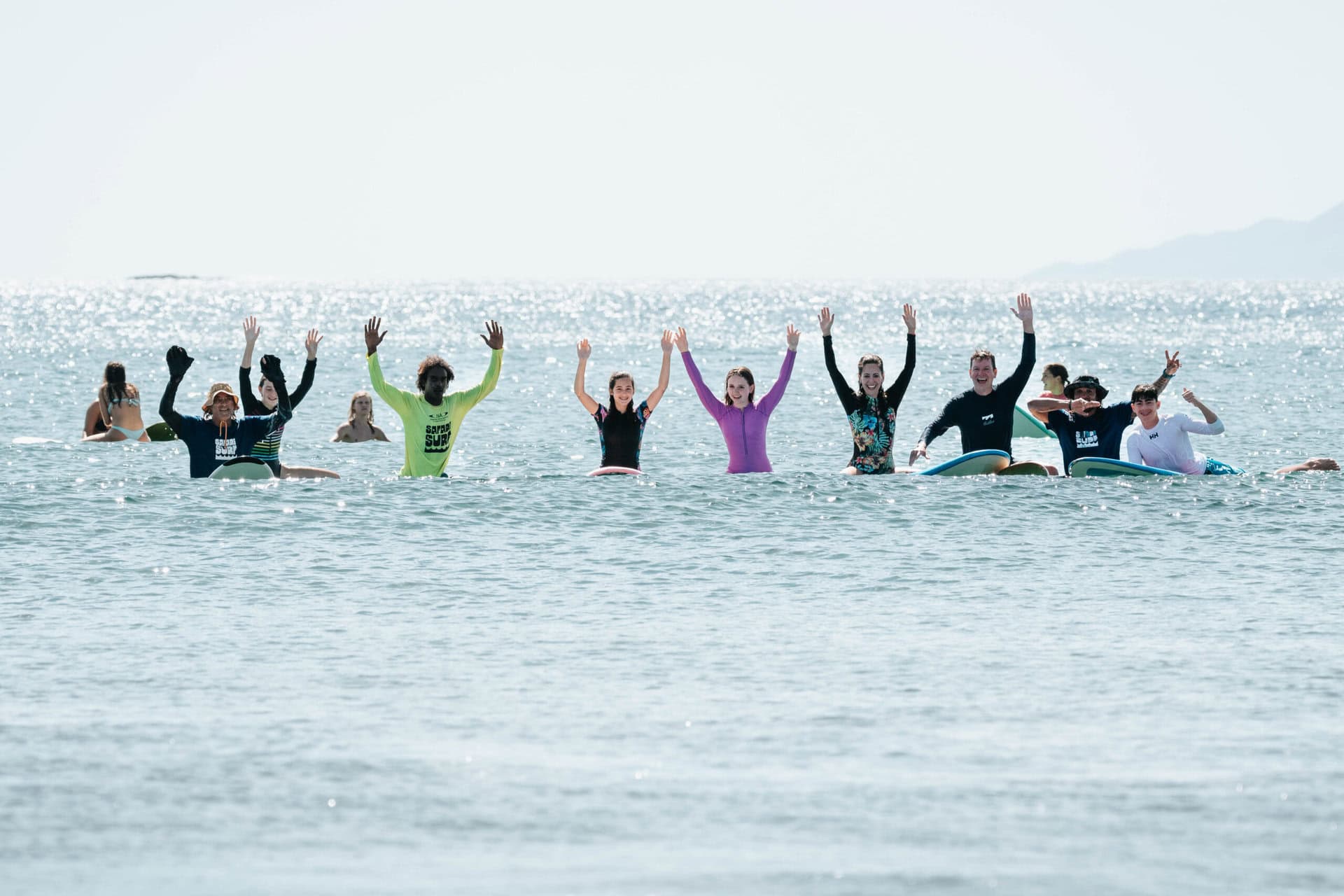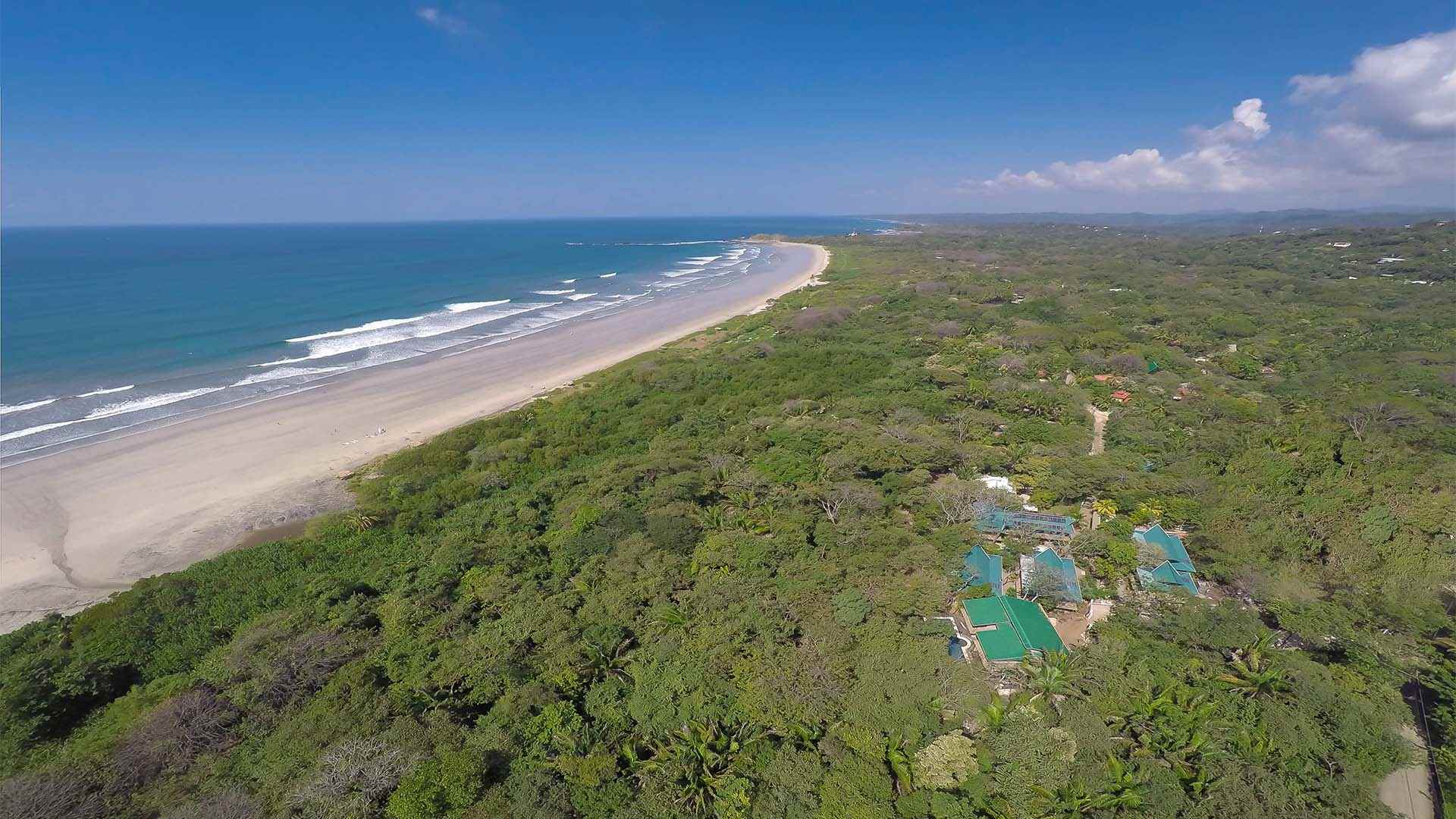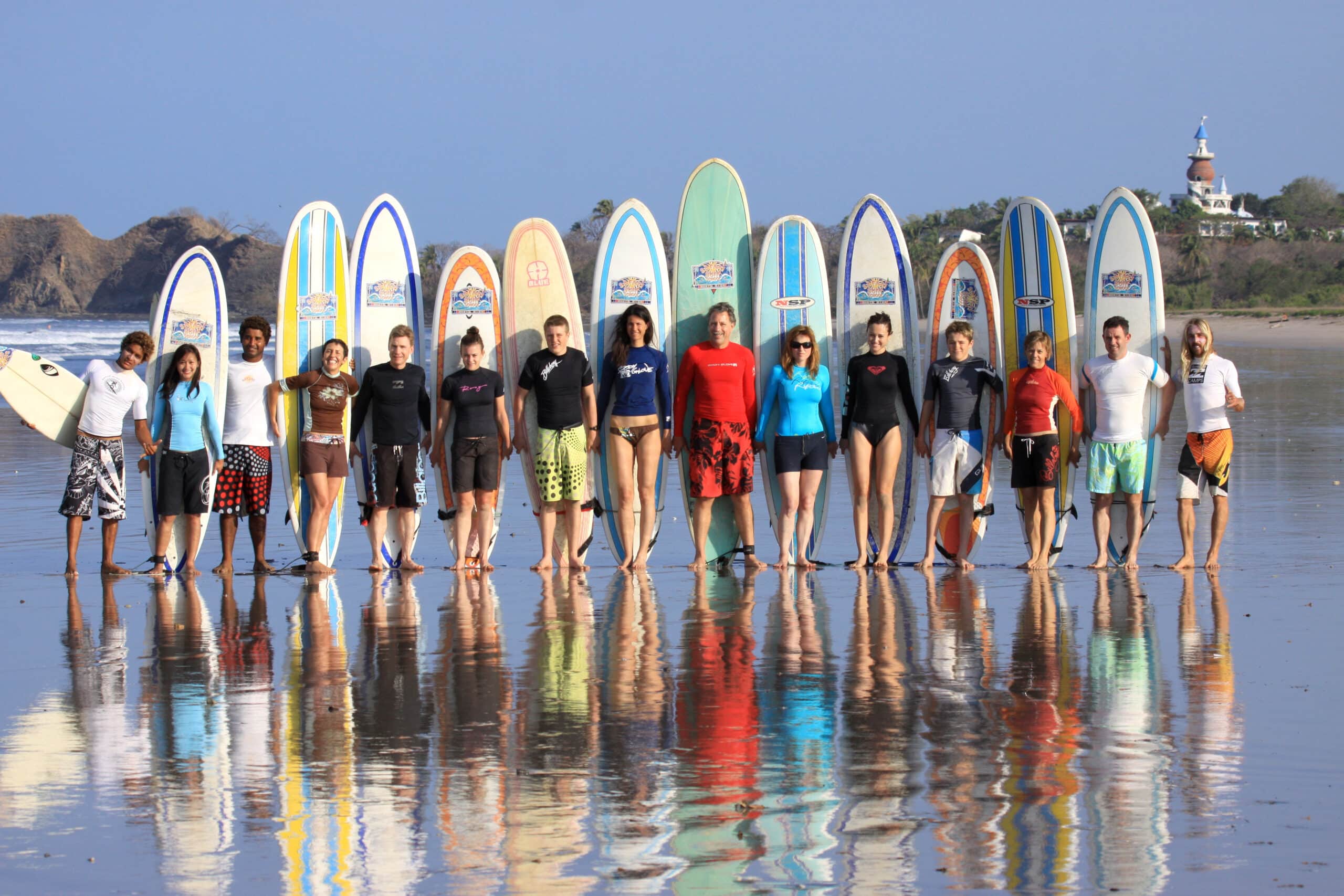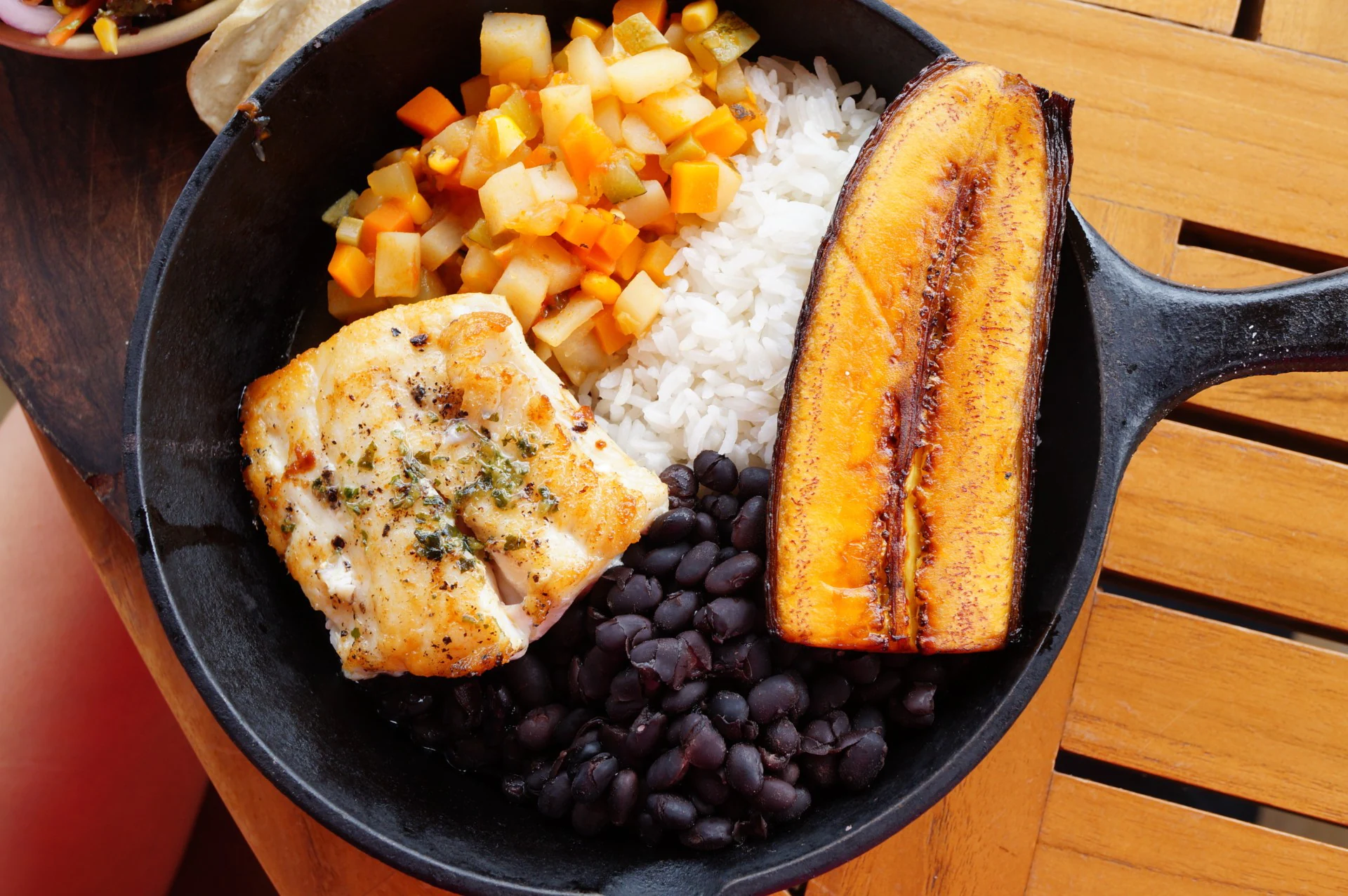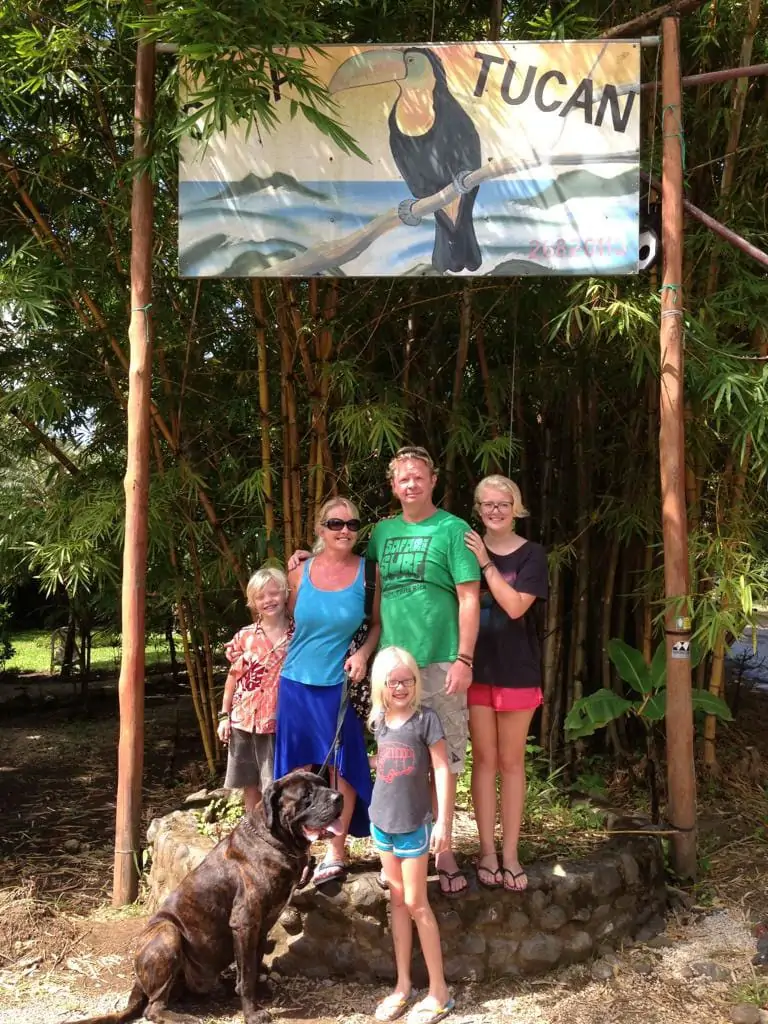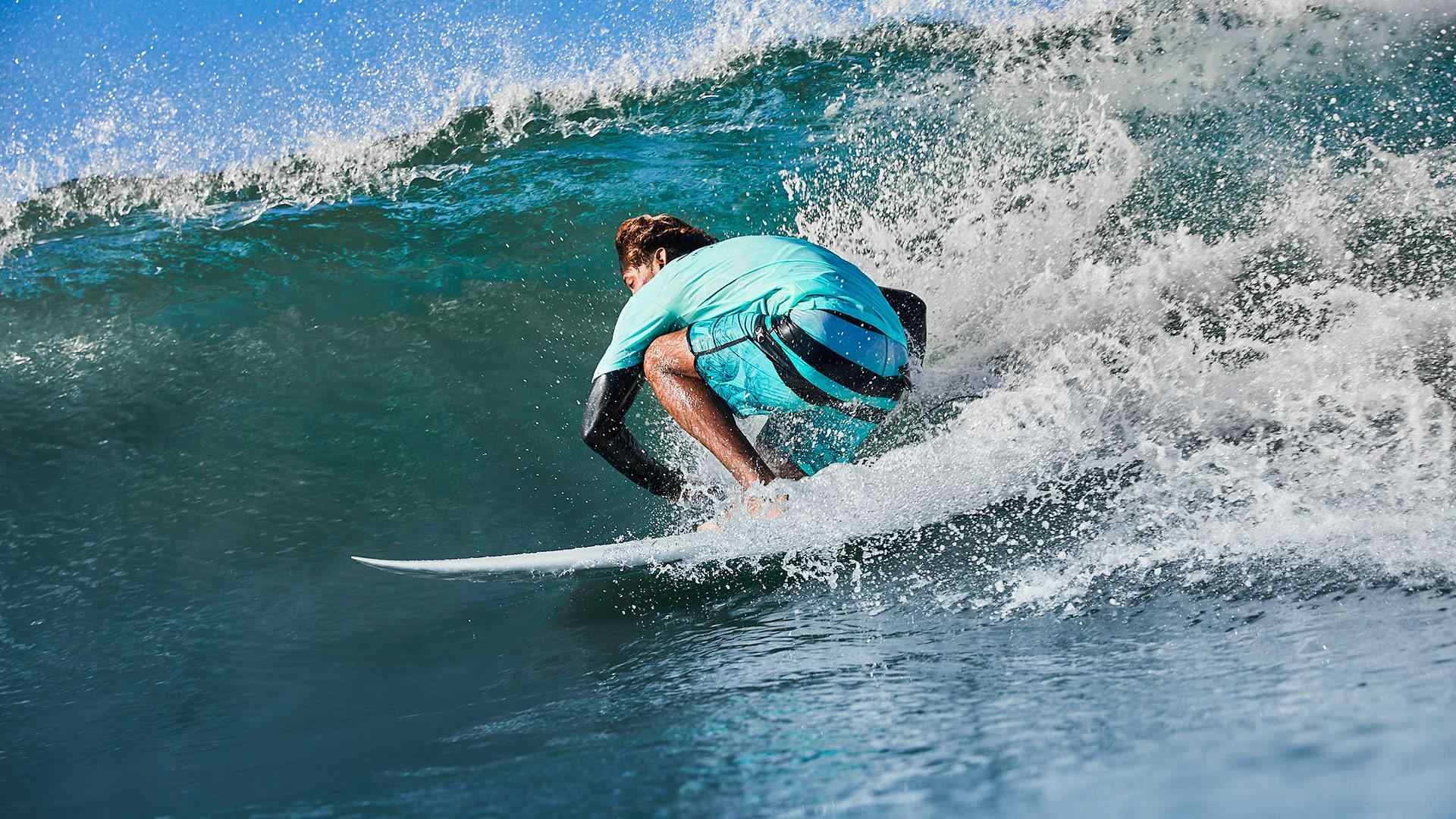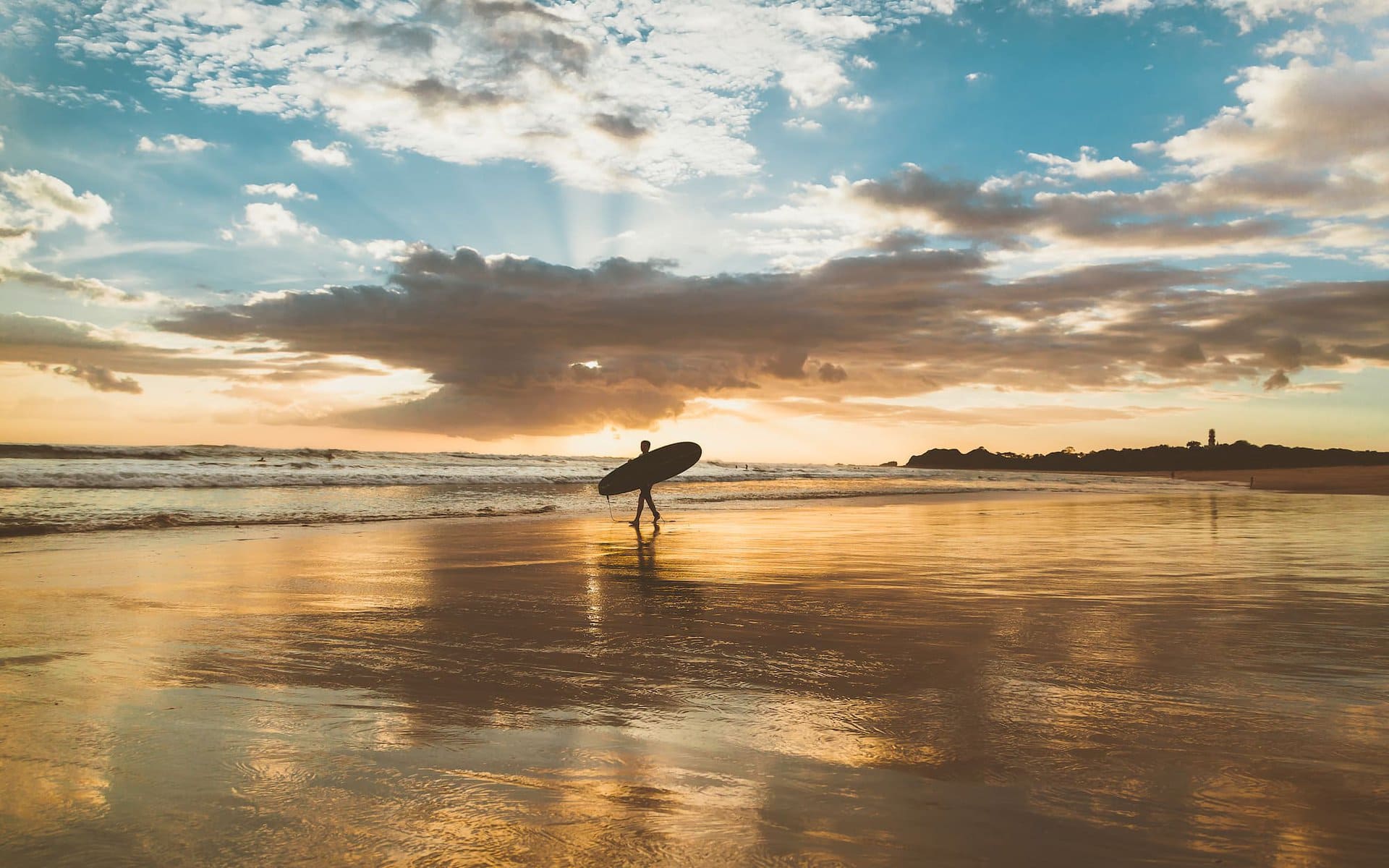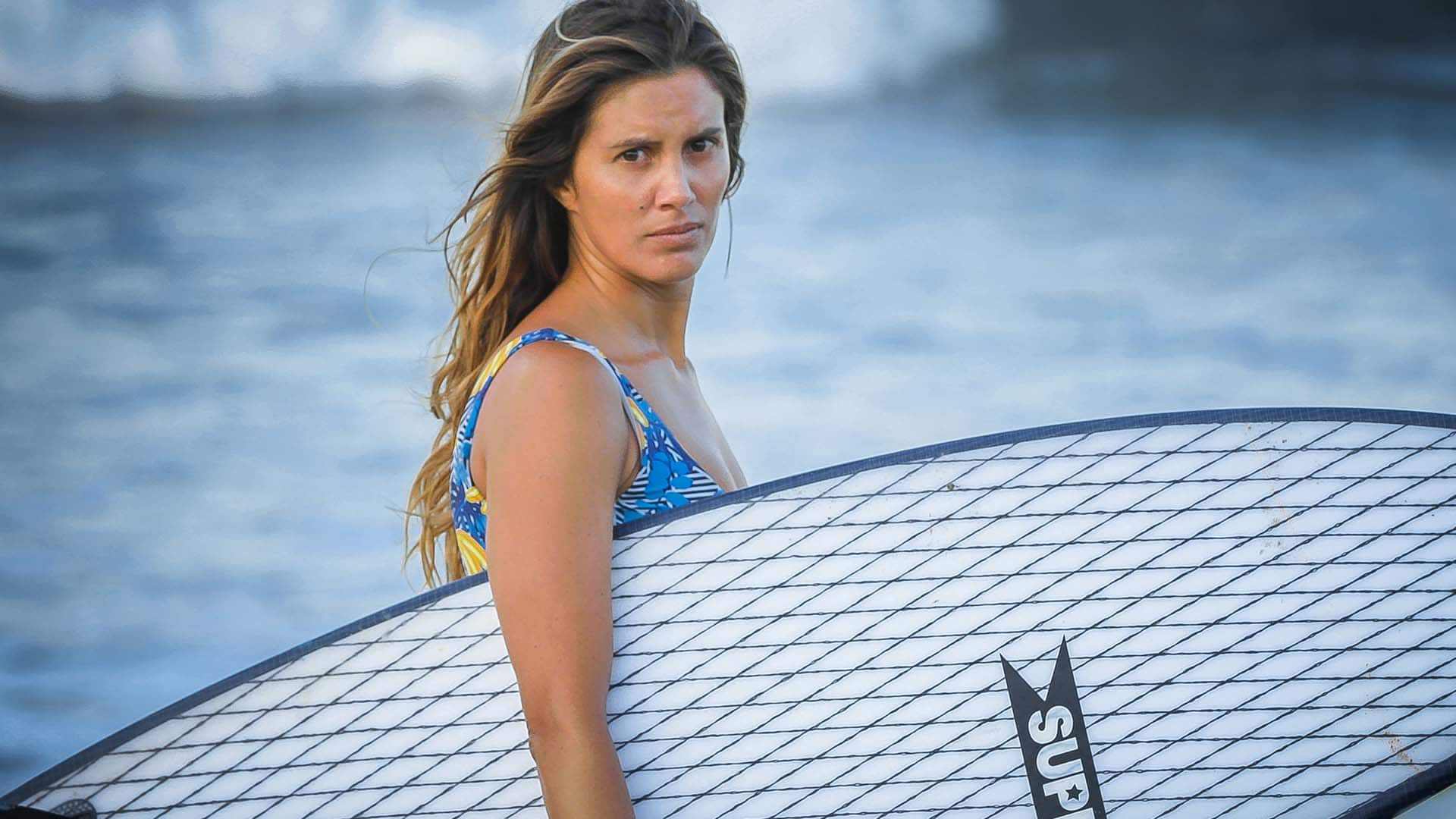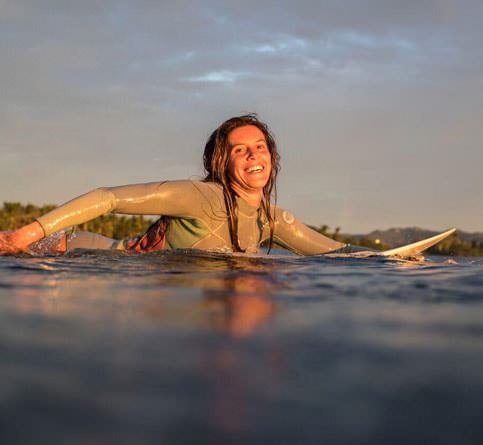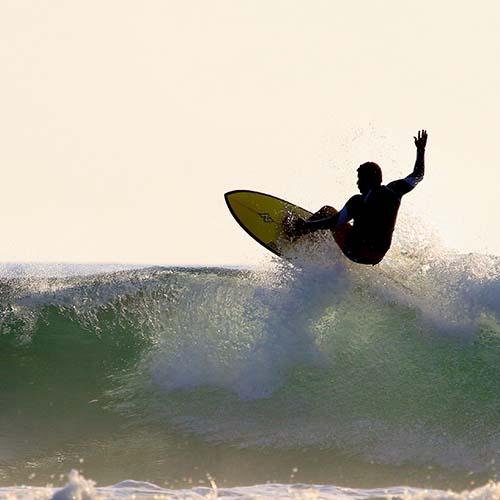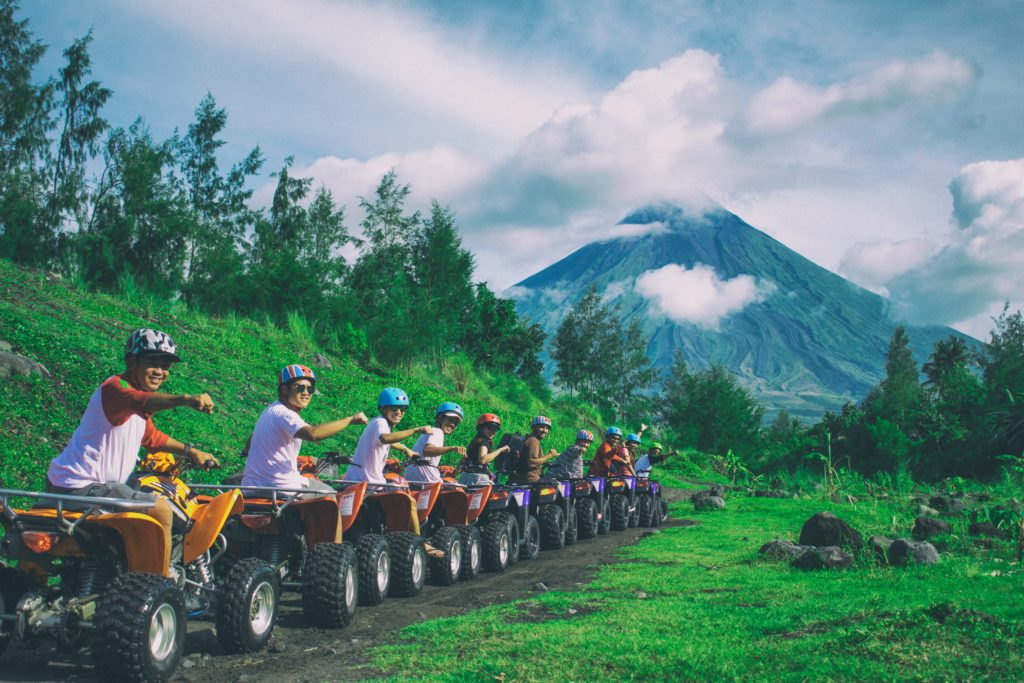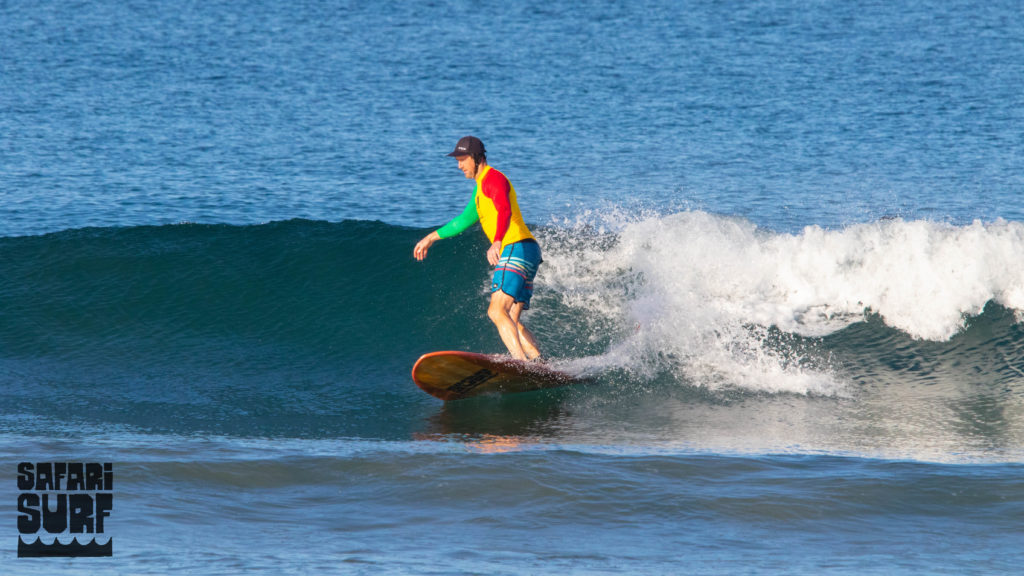Nosara, Costa Rica, is renowned for its stunning beaches and consistent surf, making it an ideal destination for beginner surfers. Whether you have yet to take your first surf lesson or have surfed elsewhere and booked a trip to Nosara to continue your progression, we want to ensure you show up prepared. If you are curious about what to expect, this guide will prepare you for a fantastic surfing experience in this beautiful coastal town.
Understanding Surf Etiquette

Before hitting the waves, it’s essential to understand basic surf etiquette. At our Costa Rica Surf School, we prioritize surf etiquette in every lesson to ensure everyone in the water is as safe as possible. Respect is key in the surfing community, and understanding the unspoken rules will help you stay safe and enjoy your time in the water.
Know When to Paddle Out: If the conditions are too advanced, it’s okay to sit out and observe how experienced surfers navigate the waves. This way, you’ll learn without endangering yourself or others. Our expert surf instructors will ensure you paddle out in optimal conditions for learning.
Use the Right Equipment: Beginners should start with a longboard. It’s easier to control, helps you catch more waves, and builds confidence in mastering basic maneuvers. Our instructors will ensure you paddle out on the correct board for your skill level.
Respect Priority: The surfer closest to the wave’s peak has priority. Don’t interfere or drop in on someone else’s wave—it’s not just about respect, but safety.
Avoid Snaking: Don’t paddle around others to steal priority on a wave. Respect the order in the lineup and wait for your turn instead of snaking the wave from another surfer.
Be Mindful of Your Board: Your board can cause serious injury if improperly handled. Always hold onto it tightly when duck diving or turtle rolling to avoid collisions with others.
What to Expect During Your First Lesson Surfing in Nosara

Taking a surf lesson in Nosara is a great way to kickstart your surfing journey. Here’s what you can expect during your first experience:
- Warm-Up and Safety Briefing: Your instructor will start with a warm-up session and review safety protocols. Understanding how to handle yourself in the water is crucial for a safe surfing experience.
- Learning the Basics: Expect to learn how to paddle, pop up on your board, and position yourself to catch a wave. Instructors will demonstrate these techniques before guiding you through them step-by-step.
- Surfing in Small Groups: Most lessons in Nosara are conducted in small groups, ensuring you receive personalized attention. This environment allows you to learn at your own pace and ask questions as needed.
- Getting in the Water: Once you’ve practiced on the beach, it’s time to hit the water! Your instructor will help you choose the right spot to paddle out, where the waves are manageable for beginners.
Tips for Success

As you prepare for your first surf lesson, keep these tips in mind to help ensure a successful experience:
- Stay Relaxed: Surfing can be challenging, especially for beginners. Stay calm and relaxed in the water, and don’t be afraid to take breaks if needed.
- Listen to Your Instructor: Your instructor’s guidance is invaluable. Pay attention to their tips and corrections; they’ll help you improve and feel more confident in the water.
- Practice Paddling: Paddle strength is crucial for catching waves. Spend some time practicing paddling before your lesson to build stamina.
- Choose the Right Time: Surf conditions vary based on tides and weather. If you’re new to surfing, consider scheduling your lesson during calmer conditions for a more effortless experience.
- Have Fun: Above all, remember to have fun! Surfing is about enjoying the ocean and connecting with nature. Celebrate your successes, no matter how small, and enjoy the thrill of riding your first wave.
Nosara is a fantastic place for beginner surfers to learn and grow their skills in a supportive and beautiful environment. For more information about surf lessons and experiences in Nosara, visit our Costa Rica Surf School’s website or contact us today to start planning your adventure.

